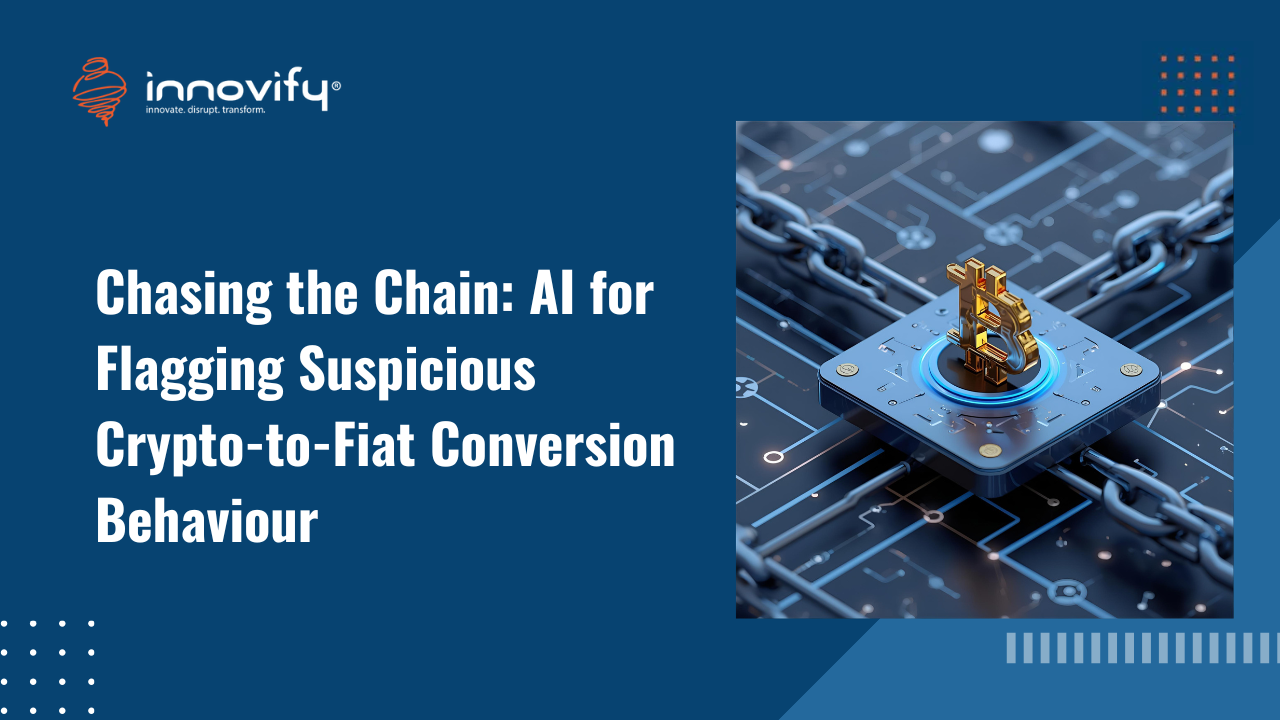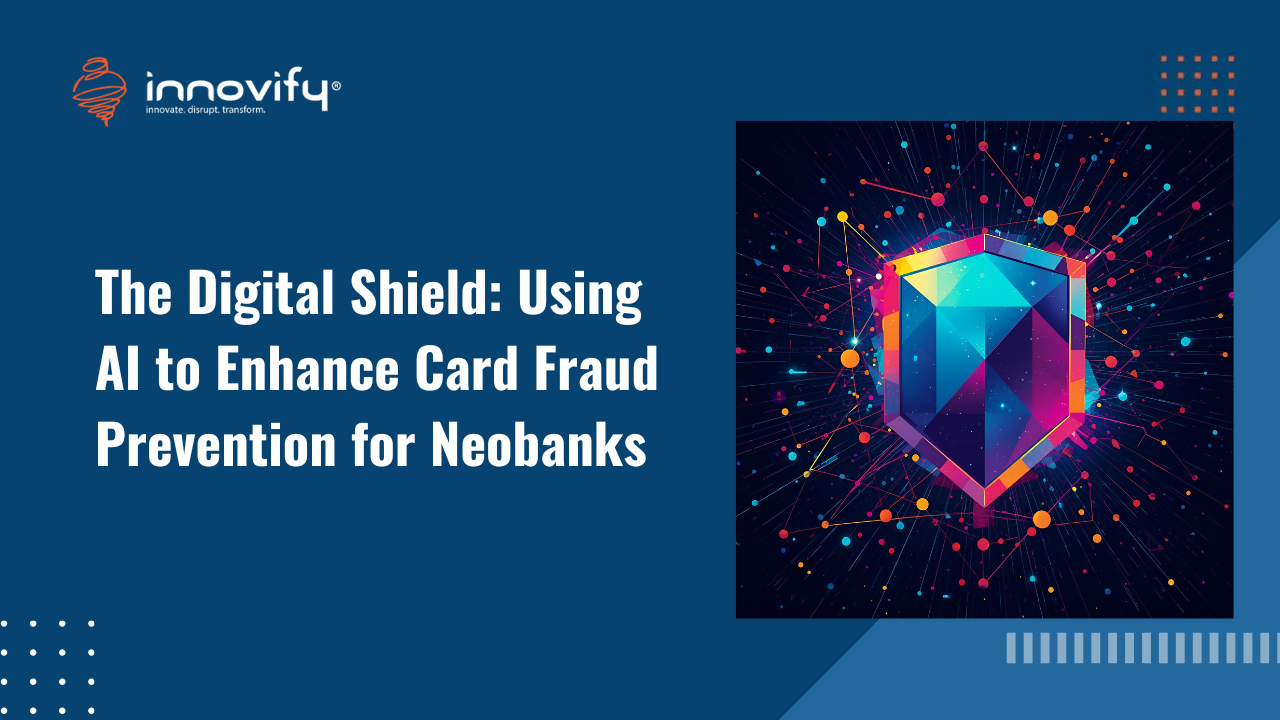AI/ML
Building Alliances with AI Startups for Breakthrough Innovation
Building alliances with AI startups for breakthrough innovation (Startup / Partnership)
For large enterprises, maintaining a competitive edge often requires looking outside their internal R&D labs. AI startups are the source of disruptive technologies, offering cutting-edge models, novel use cases, and agility that is difficult to replicate internally. Building alliances with AI startups for breakthrough innovation is a powerful strategy, but it requires a specialized playbook. Unlike partnerships with established vendors, alliances with startups are high-risk, high-reward ventures that require flexible governance, rapid integration methods, and a focus on accelerating their technology into a production environment.
Phase 1: Identifying the Right Startup and Opportunity
A successful alliance begins with rigorous strategic alignment and technical due diligence.
1. Strategic and Cultural Vetting
The focus must be on finding a startup that is solving a high-value, unmet need with technology that is genuinely proprietary.
- Focus on Differentiation: Look for startups that possess true breakthrough technology – a unique model architecture, a novel dataset, or a completely new application of AI (e.g., a quantum-inspired optimization algorithm). Avoid startups that simply offer a wrapper around a large, commodity LLM. The technology must be defensible and difficult for a larger competitor to replicate quickly.
- Maturity Assessment (The Hype Filter): Rigorously assess the technical maturity of their solution. Is it a live, production-ready API, proof-of-concept (PoC) in a notebook, or a well-documented beta? Understand the difference between technical vision and product reality.
- Cultural and Strategic Alignment: The startup’s velocity and agility must be matched by the enterprise’s willingness to accelerate procurement and deployment. Cultural fit is crucial: Can the highly flexible startup team successfully navigate the enterprise’s security, compliance, and governance requirements? The best alliances involve a shared vision for the market impact.
- Clear IP and Exclusivity: Ensure that the partnership agreement clearly defines Intellectual Property (IP) rights and, potentially, a time-bound period of market exclusivity for the enterprise in a specific domain or geography, justifying the high investment risk.
2. Technical Due Diligence and Integration Readiness
Enterprise adoption requires confidence that the startup solution can scale and connect.
- API and Architecture Review: The startup solution must expose its AI functionality via robust, well-documented APIs. The architecture should be cloud-native and preferably containerized (Docker/Kubernetes), ensuring it can be quickly integrated into the enterprise’s cloud infrastructure (e.g., VPC, private endpoints) without creating a security vulnerability.
- Data Security and Compliance: This is often the biggest hurdle. The startup must be willing and able to meet the enterprise’s non-negotiable standards for data security, encryption, and regulatory compliance (e.g., ISO certifications, GDPR adherence). The enterprise security team must have an early seat at the table to vet the startup data handling practices.
- Scalability Testing: The enterprise must demand proof of the startup’s ability to handle high-volume, real-time requests. Conduct load testing on their APIs to validate the latency and throughput under peak enterprise usage scenarios.
Phase 2: Building the Alliance and Governing the Risk
Successful innovation alliances are governed differently, prioritizing speed and clear risk mitigation strategies.
3. Strategic Partnership Models
Alliances can take several forms, each offering different levels of control and risk.
- Pilot-to-Buy Option: Start with a tightly scoped, time-boxed pilot project with clear success metrics. The agreement includes a pre-negotiated, time-bound option for the enterprise to invest in, acquire, or establish a long-term commercial contract with the startup upon successful validation.
- Joint Development Agreement (JDA): The enterprise provides access to proprietary data, domain experts, and funding, and the startup provides the technology and engineering velocity. The focus is on co-creating a solution that meets specific enterprise needs, often with shared IP rights.
- Venture Client Model: The enterprise acts as a “first customer,” providing early revenue, deep feedback, and a reference case, accelerating the startup’s commercial growth in exchange for preferential pricing or access to future innovations. This is less risky than direct investment.
4. Governance for Speed
Traditional enterprise governance is too slow for a startup partnership.
- Dedicated “Innovation Lane”: Establish a dedicated, streamlined governance process for the alliance. This involves an empowered Steering Committee (made up of business, IT, and legal stakeholders) with the authority to fast-track approvals, circumventing typical bureaucratic delays that could kill the startup’s momentum.
- Dedicated Relationship Managers: Assign a highly skilled Relationship Manager (often a solution architect or an experienced product owner) who understands both the enterprise’s needs and the startup technology. This individual acts as the “translator” and central authority, coordinating activities and ensuring technical alignment.
- Continual Performance Monitoring: The alliance requires clear, joint performance monitoring, tracking not just the AI’s technical metrics (accuracy, drift) but also the core business KPI defined in the initial agreement (e.g., reduction in process time). This ensures the partnership remains focused on delivering measurable breakthrough value.
By adopting a clear, strategic playbook that addresses the unique technical, cultural, and governance requirements of a fast-moving AI startup, large organizations can effectively harness external innovation to deliver market-defining solutions.
Ready to identify and partner with a breakthrough AI startup? Request an Innovation Scouting and Alliance Strategy session with Innovify today.




